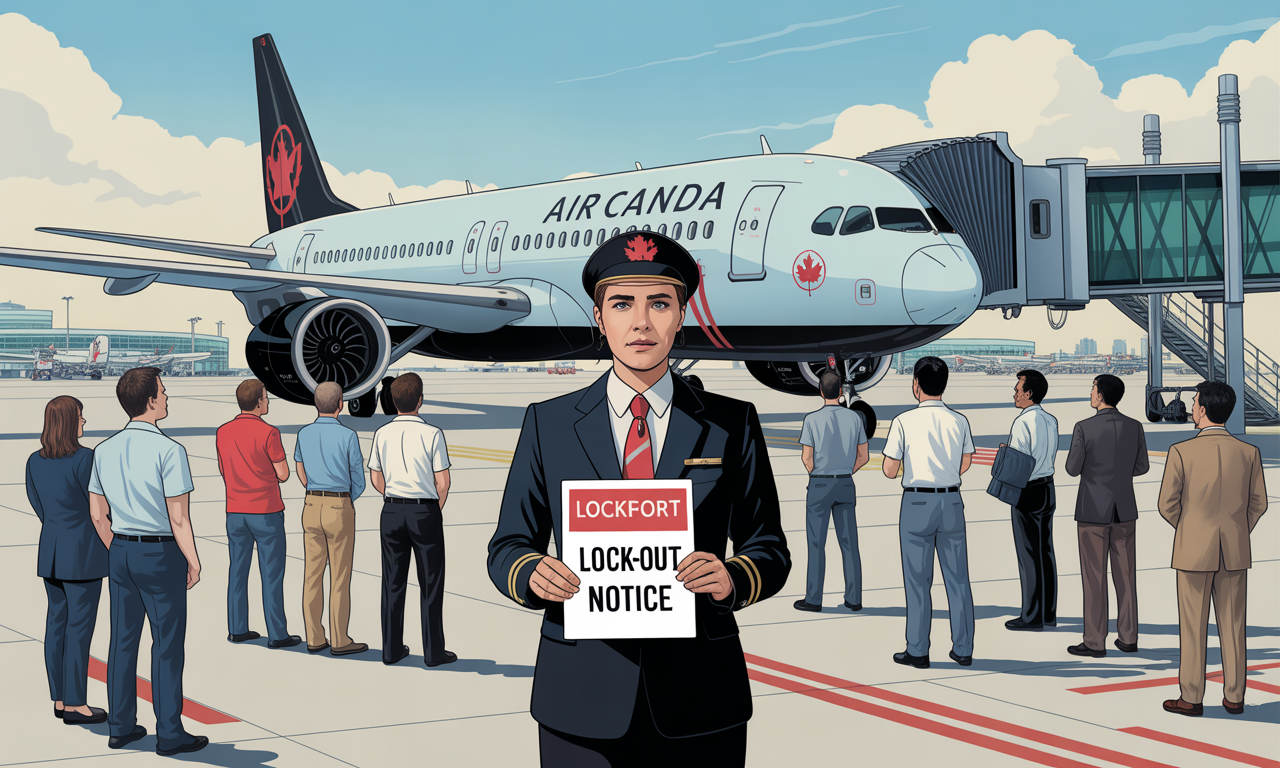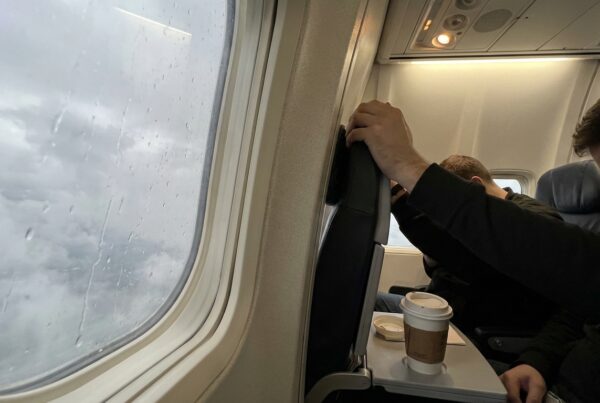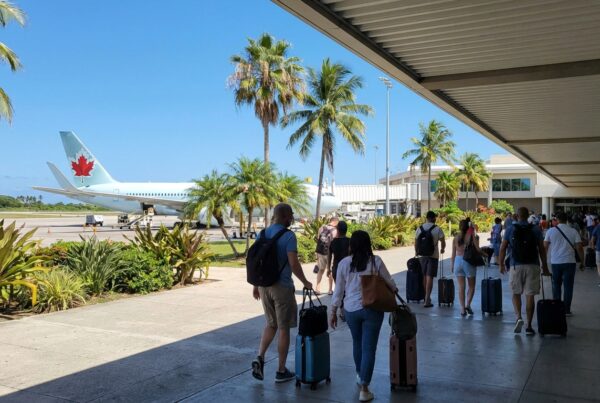Air Canada was recently faced with a delicate situation following a 72-hour strike notice issued by members of the CUPE. Faced with this threat, the airline reacted swiftly with a series of actions that resulted in a lock-out notice. This decision, although controversial, is designed to protect the company's interests and ensure continuity of operations despite union pressure. Dialogue between the parties concerned remains essential, however, to find a balanced solution that meets both economic imperatives and employee demands. Air Canada remains alert.
Air Canada faced with a 72-hour strike notice from the CUPEreacts by issuing a lock-out
Against a backdrop of growing tensions in the aeronautics sector, Air Canada was confronted with a 72-hour strike notice issued by employee representatives, the CUPE. This move marks an escalation in the social conflict, as the company is forced to protect its operations in response to this union action. Management's immediate reaction was to issue a notice of lock-out in order to maintain operational control and attempt to negotiate new terms with employees.
The origins of the conflict
Tensions between Air Canada and members of CUPE are rooted in wage demands and working conditions that employees consider unsatisfactory. The decision to issue a 72-hour strike notice echoes a series of previous discussions and negotiations which failed to produce a solution finally recognized by all parties. As a result, the managerial response of imposing a lock-out aims to reverse the dynamic and assert a firmer position in these negotiations.
The strategy of lock-out and its implications
The initiative to use lock-out is part of a strategy aimed at temporarily destabilizing the union movement and demonstrating the ability of Air Canada to ensure the continuity of its services despite the absence of the employees concerned. The aim of this strategic move is to highlight the potential impact on the air transport network, and to negotiate from a better position in future discussions. Industry experts point out that this decision could lead to a backlash from the unions, intensifying the already tense labor climate.
Challenges for passengers and the aviation industry
For passengers, the announcement of a strike notice accompanied by a notice of lock-out is raising concerns about flight reliability and punctuality. In a highly competitive market, these disruptions are likely to have a negative impact on the company's perception and affect customer confidence. At the same time, the incident highlights the challenges facing the aviation industry, particularly in terms of human resources management and the balance between economic requirements and employee well-being.
Potential impact on operational management
The operational decision to Air Canada to switch to lock-out can have consequences beyond mere inconvenience for passengers. Internally, this situation complicates the day-to-day management of flights and coordination between the company's various departments. Maintenance, traffic control and customer service teams have to get together to plan alternative solutions, minimize the impact on operations and ensure that flight safety is maintained.
The outlook for the conflict
While negotiations between Air Canada and CUPE may prove decisive for the future of the relationship between employer and employees, the simultaneous use of a strike notice and a notice of lock-out indicates an impasse that could be prolonged. Industry players are closely monitoring developments in this situation, which illustrates the complexity of cross-industry issues in a changing economic environment. Future discussions seem essential to finding a compromise acceptable to all parties involved.
The impact on the social climate
On the social front, the escalating conflict between Air Canada and CUPE is symptomatic of a wider debate concerning the recognition and enhancement of work in the aerospace industry. Some voices are being raised to criticize a human resources management approach that prioritizes economic imperatives to the detriment of working conditions deemed satisfactory. In this context, the use of lock-out seems to illustrate the company's determination to defend its operational imperatives despite growing employee demands.

Comparative actions and impacts
| Element | Concise analysis |
|---|---|
| Initial situation | CUPE issues a strike notice of 72 hours |
| Immediate reaction | Air Canada responds with a lock-out |
| Strategic objective | Preventing operations paralysis |
| Communication | Strong message to reassure travelers and partners |
| Impact on personnel | Temporary suspension of work exchanges |
| Timing | Quick decision to limit disruption |
| Signal sent | Management's determination to meet demands |
| Internal risks | Increased tension in social relations |
| Financial implications | Additional costs associated with measures taken |
| Long-term challenges | Balancing operational and social imperatives |




